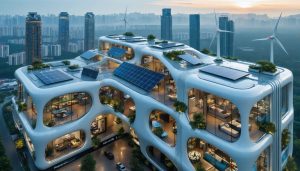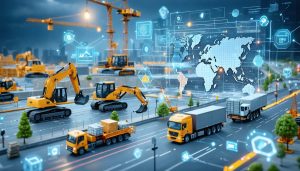
Zero Energy Buildings: The Future of Construction Is Already Here
Zero energy projects represent the pinnacle of sustainable construction, delivering buildings that produce as much energy as they consume over the course of a year. As climate change intensifies and energy costs soar, these groundbreaking zero energy buildings have evolved from experimental concepts to achievable, cost-effective solutions for forward-thinking developers and construction professionals.
The integration of advanced building envelope technologies, renewable …









